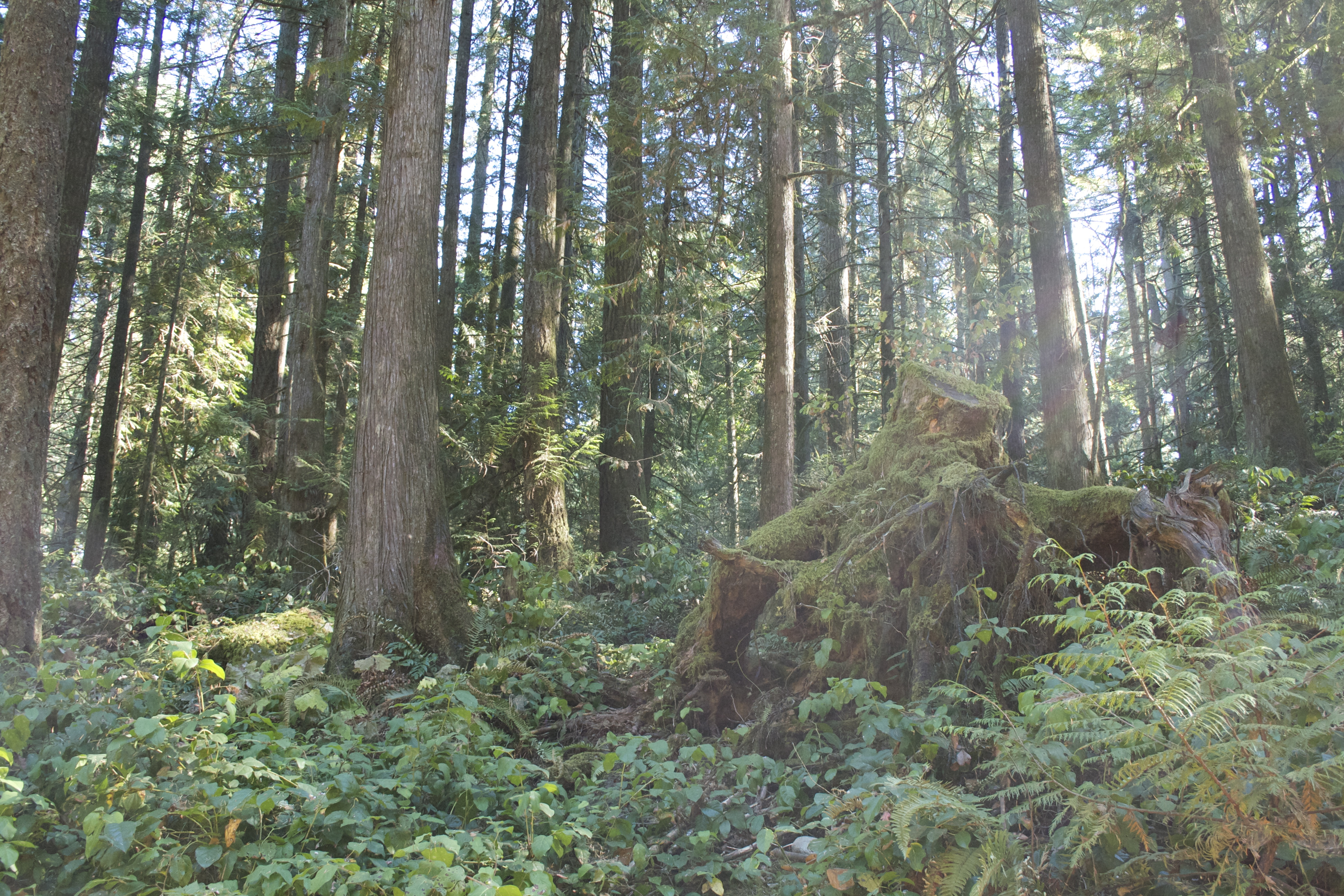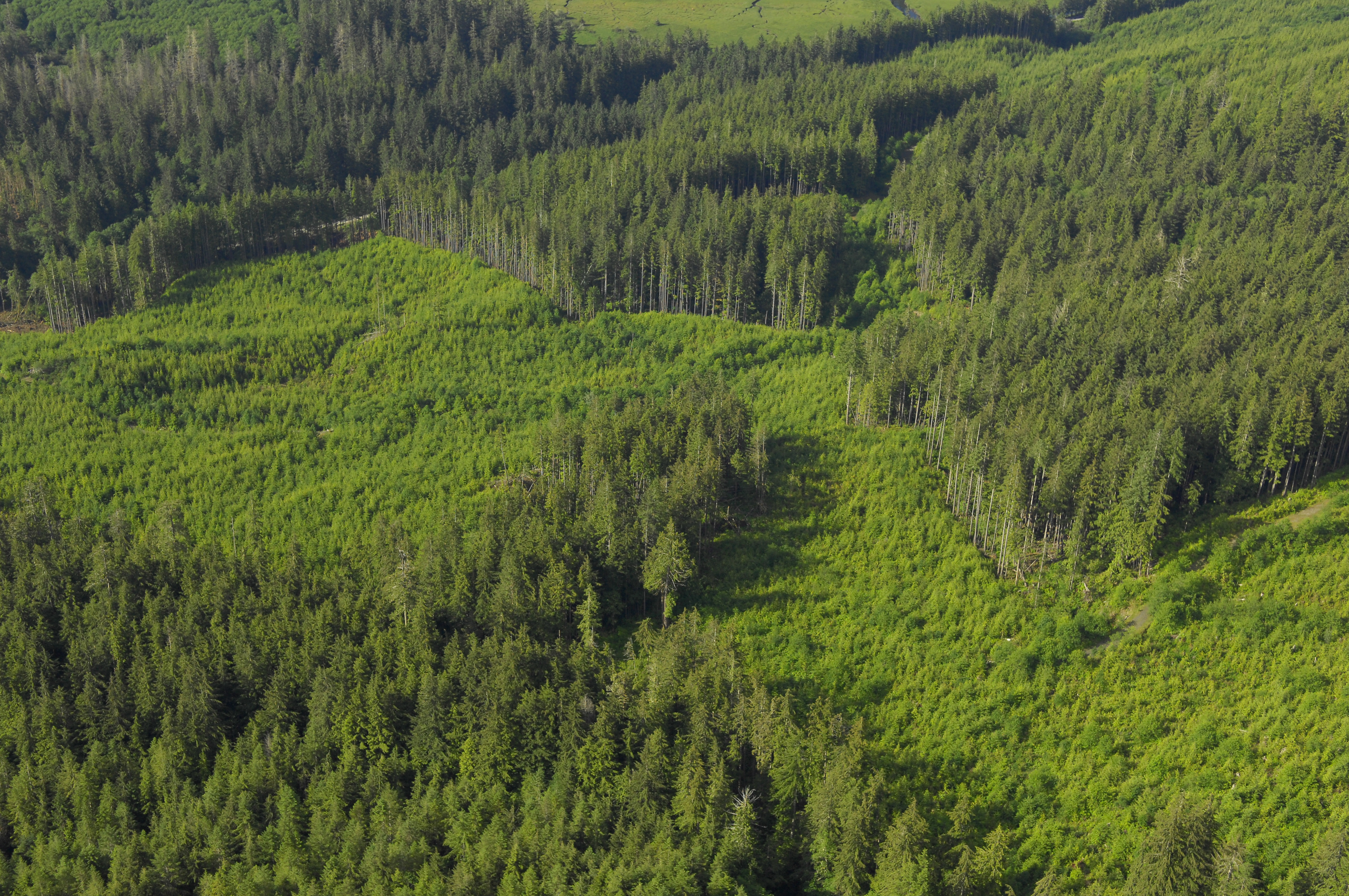There has been much talk recently about the management of public forests in British Columbia. An article from the Private Forest Landowners Association gives their perspective of the ongoing critique of private forest management and makes a case for why private forests can be considered a success story.

In a province where 95% of the land is publicly owned, it’s not surprising misinformation persists about the policies and programs in place to ensure the responsible stewardship of the roughly 2% of B.C. that is privately owned forest land.
Most people support sustainable forest management, but given the preponderance of publicly owned forest land they’re used to thinking about forest management in the context of a Crown land model. As private forest owners, we’re in the business of growing and harvesting trees. We strive to balance environmental values, community interests and economic realities, and take every opportunity we can to educate the public about the unique contributions that private forestry makes to the overall landscape of forest management in the province.
Private managed forestry basics
With roots as far back as the 1940’s, private managed forest land is a property assessment classification designed to encourage forest owners to manage their land for long-term forest production. Offering competitive property taxes as an incentive to encourage responsible farm and forest stewardship is a common policy tool used across North America and throughout the world.
As a public policy instrument, the model is essentially a partnership between forest owners and the provincial government whereby landowners assume the associated risks of investing in land and management activities, while the province offers stability in carrying costs and forest practices regulations.
As of March 31, 2012, the Private Managed Forest Program comprises 823,582 hectares, approximately half of BC’s private forest lands, or less than 1% of the total land base. Roughly 75% of private managed forest land occurs on the coast (primarily on Vancouver Island).
To receive the managed forest land classification a property must be at least 25 hectares and managed as a single unit. Managed forests range from small family-owned properties of a few dozen hectares to large-scale forestry operations with thousands of hectares.

Forest owners commit to follow provincial forest practices standards and environmental protections in order to obtain the managed forest classification. Land assessed as managed forest land is regulated by the Private Managed Forest Land Act and owners are bound by law to protect the following key public environmental values:
- Fish habitat
- Water quality
- Soil conservation
- Critical wildlife habitat
- Reforestation
Successive independent audits demonstrate the protection of these values, on managed private forest land, meets or exceeds the standard of protection, for the same values, on managed Crown land.
The Minister of Forests, Lands and Natural Resource Operations is responsible for the Private Managed Forest Land Act which enables the program and creates the Private Managed Forest Land Council—an independent agency in charge of administering the program. The Land Tenures Branch acts as the liaison with the PMFL Council and addresses any public concerns.
Regulatory requirements of the private land model
BC’s private managed forest lands are governed by a regulatory model that works in harmony with over 30 federal and provincial acts and regulations to protect public values. Operating under an approved management commitment, owners follow specific, results-based regulations.
Owners are required by law to report their forest management activities annually and are subject to regular forest practices audits. In fact, active private managed forest owners are audited more often (usually annually) than the Forest Practices Board audits public land licencees.
Penalties for failing to meet environmental laws on private land are financially significant, comparable to public land penalties, and government can take immediate measures to prevent further regulatory non-compliances by imposing stop-work and remediation orders.
Forest owners have additional incentives to meet or exceed legal requirements to protect environmental values. For example, a single non-compliance event can risk valuable third-party forest management certification. This is detrimental to forest owners who rely on third-party certification to maintain the confidence of neighbouring communities and satisfy their customers’ demand for sustainably managed forest products.

Recognizing the urban interface: howdy neighbour!
Today, much of private forestry is practiced right next door to some of Canada’s fastest growing communities. With an annual growth rate of 1.4% over the past 5 years, the population of Vancouver Island now surpasses 750,000 people—a staggering increase over the 1981 population of 495, 000 people. With more people comes more development—communities, subdivisions, parks, shopping malls, grocery stores, soccer fields, hiking trails—none of which existed decades ago when forest owners planted the trees they're harvesting today.
As stewards of second and third growth forests in the urban interface, owners face unique challenges as community members share their views and expectations about appropriate measures to safeguard water supplies, manage viewscapes, or obtain access to recreation opportunities—hiking, biking, horseback riding, off-road vehicles. As a result, private forestry operators engage residents, elected officials, water management staff and other interested and affected parties to ensure key audiences clearly understand the detailed steps taken to balance the needs of the forest management operation with the needs of the community. Simply put: good, old-fashioned neighbourly behavior.
Reforestation: a legal obligation and a logical conclusion
Managed forest owners are the only landowners in BC legally obligated to reforest after timber harvesting. We’re also the only land managers (including the Crown) who are legally obligated to reforest where timber was destroyed as a result of natural events like fire, windstorm or insect infestation. Even without legal obligations, forest owners have a vested interest in replanting as soon as possible. Think of it this way: we’re tree farmers. Growing timber is our crop. It’s what we do. Can you imagine a regulator telling a farmer how and when to feed the cows, or how and when to plant the potatoes? It’s not necessary. That’s what farmers do.
That’s why there’s no NSR on private managed forest land. It’s just not a problem. The legislation allows up to five years for reforestation, but typically delays on managed forest land are measured in months (usually within 6) rather than years. Fast, efficient reforestation ensures the harvested site is quickly re-colonised with commercially valuable trees, of our choice, rather than non-commercial brush or slower growing, less valuable tree species. Prompt reforestation gives tender young tree seedlings a jump on brush that aggressively competes for light, moisture and nutrients.
A Success Story Worth Telling
In the end, it’s not about determining whether there’s sufficient government oversight on private land, but rather a matter of understanding a completely different model of ownership and responsibility. A results-oriented regulatory approach, like the private land model, leverages a dynamic unique to private land: owners are held fully responsible for their actions. In contrast, the multiple and overlapping licencees, authorizing agencies and users, found on public land, often make it difficult to determine who’s responsible for what.
It’s this combination of sensible government incentives, continued private investment and a strong desire, on the part of the owners, to steward the land responsibly that creates a model of private forest management where roughly 10% of the annual timber harvest comes from just 2% of the land base. Private forests are a key component of B.C.’s forest industry, and with the right public policy environment we’ll continue to tell the success story of private forestry, to the benefit of all British Columbians, for a long time to come.
Rod Bealing is the Executive Director of the Private Forest Landowners Association. He draws on over 26 years of experience, in a variety of progressive forest management, communications and advocacy related positions on a range of private and public land situations in the UK and BC, to provide policy development support and advocacy to the diverse group of owners and operators on 823,000 hectares of private managed forest land in British Columbia. He studied forestry and business management in the UK, Finland and Canada. He can be reached at [email protected]
- Log in to post comments
